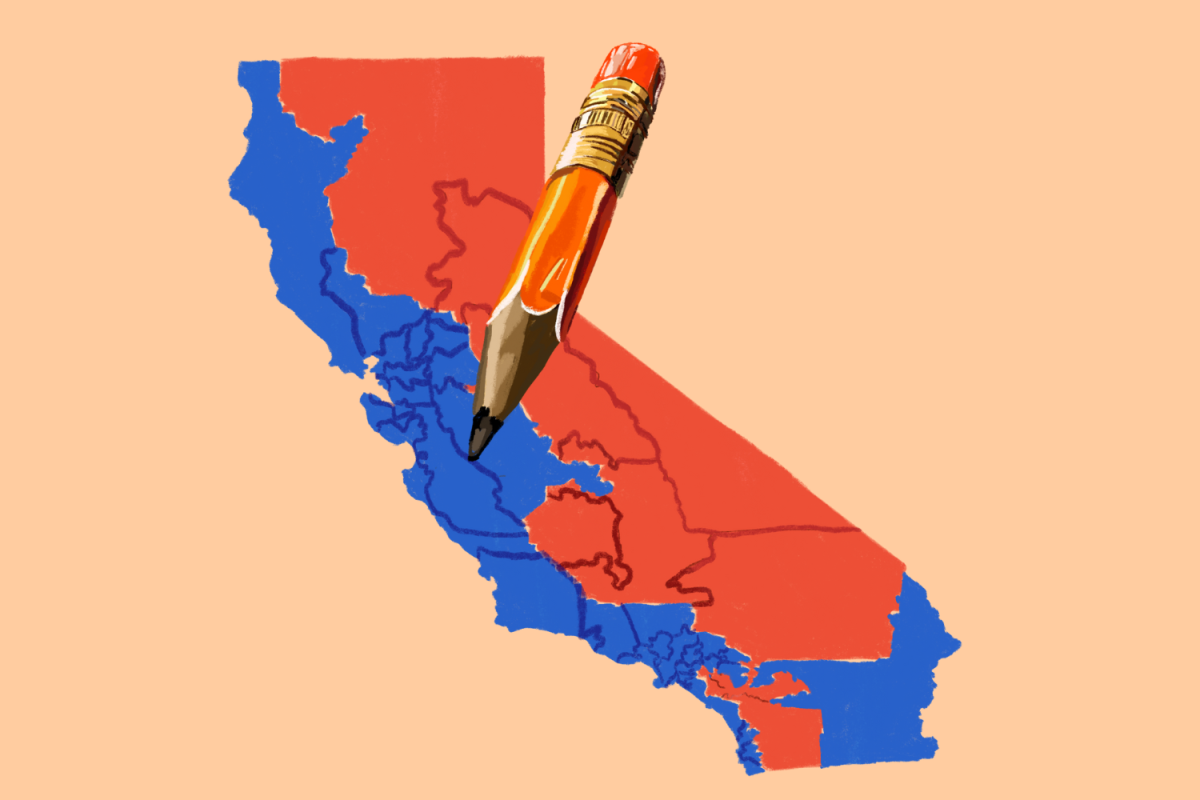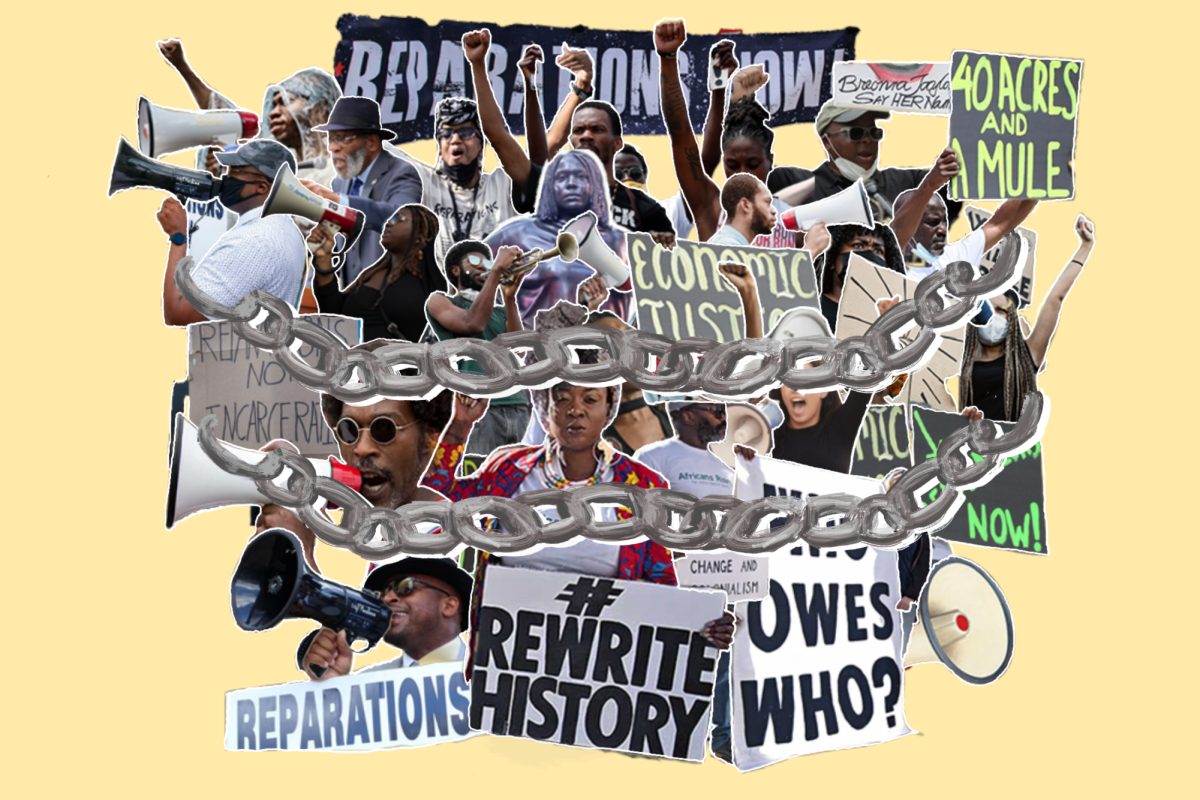It is easy to see slavery as a distant chapter of American history. The legacy, however, of more than 400 years of bondage still shapes the lives of Black communities across the United States in the form of socioeconomic inequalities. Reparations aim to address the lasting effects of historical oppression by compensating descendants of enslaved people. With the promise of monetary payments, diversification, education programs and more, these bills are a necessary step to address the ongoing impact of slavery in modern times. While these are a start, America must also address the systemic issues that still plague marginalized communities. Reparations should be implemented after gaining input from the communities affected to obtain their perspective and meet their needs, establishing empathy for all parties involved.
“When you talk about restorative justice in flesh-and-blood terms, it means, ‘How do we restore people in terms of land sold?’” Harvard Kennedy School faculty Cornell William Brooks said in a 2022 podcast. “How do we restore a people in terms of dignity robbed? Bodies violated? Liberty taken?”
Although many initiatives for reparations have been taken to the Supreme Court, more action is necessary to ensure that our nation is moving in a direction that provides equal opportunities for historically marginalized communities. One of the earliest measures of reparations dates back to the Reconstruction Era following the Civil War. Unfortunately, southern sharecropping and plantation culture persisted, while those in power institutionalized poll taxes and literacy tests to disenfranchise Black Americans. As a result, these inequalities have remained — even in the 21st century, the median wealth of Black families remains almost one-tenth that of white families.
Critics argue that reparations are unjust, claiming they disadvantage historically dominant groups, namely white males. However, these arguments fail to address deep-rooted, generational oppression. Reparations are meant to redress previously unequal opportunities for minorities.
“It’s the government stepping in and taking accountability for what they have done in the past,” sophomore and Equity Task Force member Benjamin Zhang said.
Modern inequities, linked with historically unaddressed systemic racism, are now being tackled by modern bills. Some 2025 California bills highlight higher education, such as Assembly Bill 7, while others, including Assembly Bill 475, call for the establishment of voluntary work programs for the imprisoned. These bills are an important cornerstone for equitable policy that can be implemented throughout California, making opportunities for education and work more accessible for underprivileged groups.
“Institutions of higher learning should be more than a place for intellectual exercise and discourse, but be a space that is working towards the liberation of all people,” civil rights attorney Timothy Welbeck said in an interview with Insight into Academia.
These legislative proposals, among others, are based on a 2-year-long study by the California Reparations Task Force. Three bills, Assembly Bill 57, Senate Bill 518 and Senate Bill 437, have recently been considered before the California Senate Assembly, and implementing bills such as these would be a pivotal step in eventually establishing equitable housing for Black communities.
Historically, Black Americans have a lower homeownership percentage than Asian and white Americans, recorded at 44.7% compared to 63.4% and 72.4%, respectively, in 2023. Racially discriminatory economic policies, like redlining — withholding services from areas primarily occupied by certain racial groups — and exploitative selling, divide communities, widening the gap in income and living standards. These measures feed the cycle of inequity, making social mobility incredibly difficult, and it is critical to address them with lasting legal action.
AB 57 would dedicate at least 10% of California Dream For All funds to first-time homebuyers who descend from enslaved people. With this bill, Black Americans would receive compensation for years of discriminatory practices that inhibited equal homeownership opportunities and therefore job opportunities for Black Americans, setting them back in their job prospects and chaining them to impoverished areas. These families deserve compensation to rebalance systemic inequities that have taken so much away from them.
Assembly Bill 62 allows the government to take private property without the owner’s agreement as long as “just compensation” is granted, regardless of whether communities are at risk of being displaced. Referred to as eminent domain, this process contributes to institutionalized racism. Without an effective method of combating such discrimination, Black Americans cannot efficiently advocate for their own land.
As recently as 2017, the Johnson family, descendants of the enslaved African American Livinia Blackburn Johnson, were threatened under eminent domain by the state of Virginia. The order was ultimately dropped, but stands as a glaring example of how legal channels have perpetuated centuries of oppression — exactly what reparations hope to eliminate.
This year’s bill is a beacon of hope for communities that the U.S. government has let down for centuries. Its passing, aided by support for the Reparations Task Force, would be a major victory in providing unalienable rights, one of the main causes of stolen land, and one necessary to ensure the founding principles of America.
Cash payments are one of the most contentious, yet effective, means of pulling families out of poverty cycles and providing more opportunities. California should increase its investment in reparations by reallocating money from other venues, such as the state’s annual budget or marijuana tax revenues. Unfortunately, budget limitations are a valid concern. A state budget of $12 million has already been invested in reparations, but its use has not been specified, fueling doubt that it will not be enough to address the systemic racism that communities still face. Currently, California’s debt exceeds $500 billion and continues to increase.
“Cash reparations would be more beneficial to the elderly, who are still facing income inequality and might not be able to make it on welfare programs alone,” junior and president of Cupertino High School’s Black Student Union Holly Harrison said.
Reparations should be addressed through lasting and ongoing reform. While creating opportunities for monetary compensation, systems should also aim to target the root causes of issues, addressing systemic inequities rather than temporary solutions. For such debates, voices of the Black community, especially those from disadvantaged environments, should always come first.
Reparations are a step forward on the long road to recovery and equality. To support these efforts, students can inform themselves about the current struggles of marginalized communities through websites such as CalMatters and promote legal actions to heal the cycle of socioeconomic disadvantage. These actions can range from raising awareness in the community to supporting reparation bills by contacting state representatives.
“Reparations are a great first step to really trying to rebuild this relationship with the African American community,” Zhang said.






































































